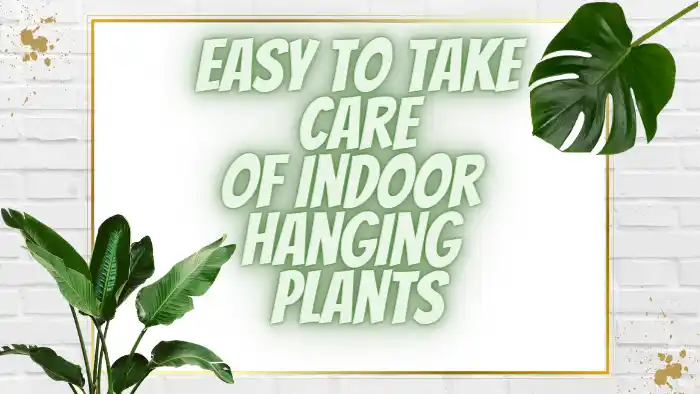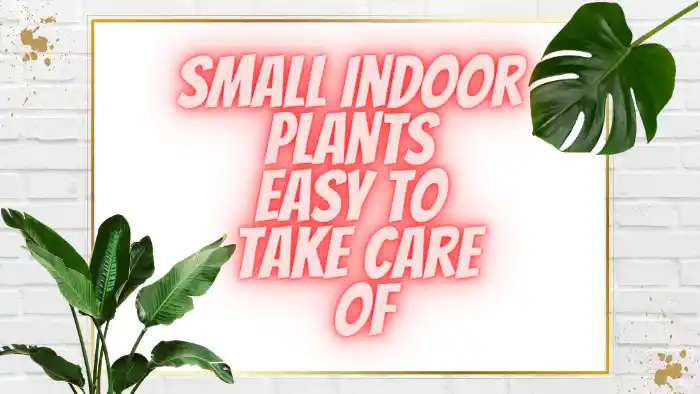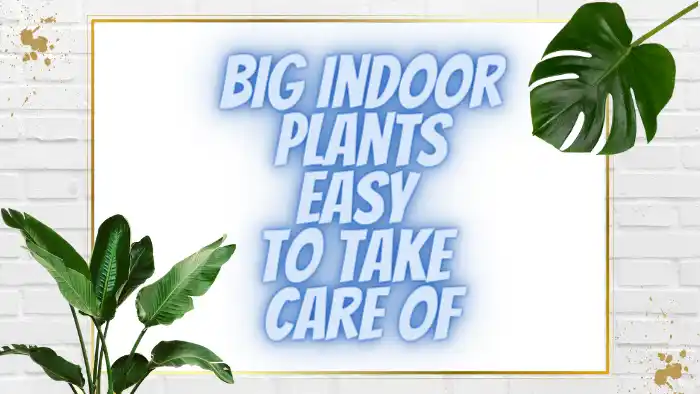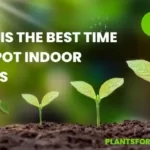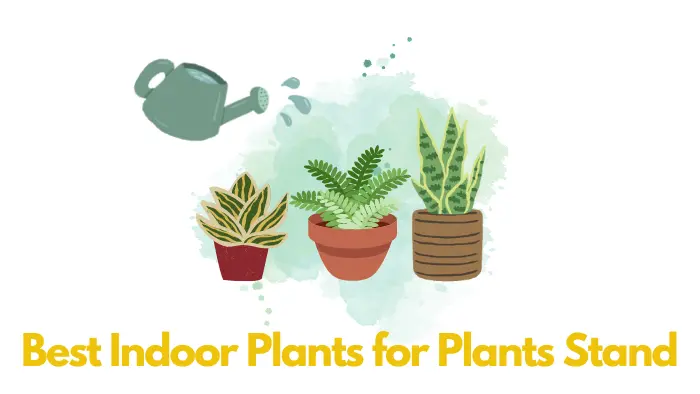Nothing adds life to a room quite like plants and they can be relatively easy to take care of if you choose the right type. Indoor hanging plants are a great way to bring nature indoors without needing too much maintenance.
They come in many different varieties, sizes, and colors, making it easy to find one that’s perfect for your home. Taking care of them can also be simple; all you need is some knowledge and the right tools.
Pros
- Easy to maintain as they don’t require a lot of care.
- Provide fresh air as they help purify the air in the room.
- Can add aesthetic value to the home or office space.
- Low cost and can be bought in many different varieties.
- Have minimal soil requirements, making cleanup easy.
Cons
- Prone to pests such as fungus gnats and mealybugs that can damage plants over time if not treated properly.
- Require frequent watering for optimal health, which may not always be possible due to busy schedules or lack of water availability in dry climates.
- Many plants are fragile and will need extra attention when hanging from the ceiling, which might be difficult for some people with limited mobility or dexterity issues.
Types of Hanging Plants
Hanging plants are a great way to beautify any indoor space. Whether it’s your living room, bedroom, or kitchen, there is an indoor hanging plant that will fit perfectly with the design of your home. There are many types of easy-to-take-care-of hanging plants that make excellent additions to any interior decor.
Spider plants are one of the most popular and versatile indoor hanging plants available. They require minimal care and can be easily grown inside in nearly any environment. Spider plants also have foliage with a variety of shades from bright green to deep purple, adding color and vibrancy to any space.
These resilient plants will thrive in moderate temperatures and indirect sunlight, making them perfect for an office setting as well as in your home.
Sunlight Requirements
Easy to take care of indoor hanging plants can bring life and color to any space. They are a great way to add a bit of greenery indoors, even in the smallest spaces.
While some people may think that it is difficult to keep up with the sunlight requirements for these plants, this isn’t necessarily the case. With just a few simple steps, you can easily ensure your indoor hanging plant gets enough sunlight without taking up too much time or effort.
The amount of sunlight needed varies from plant to plant but generally, most houseplants need six hours of indirect light daily. To get this right, you should place your indoor hanging garden near windows that face east or west as they offer more consistent light throughout the day than those facing north or south.
Watering Needs for Hanging plants
When it comes to indoor plants, hanging plants are one of the easiest to take care of. Whether you’re a beginner or a plant-lover looking for something low-maintenance, these can be great additions to any home or office space. Watering needs for hanging plants are easy to understand and follow, once you become familiar with your specific plant’s needs.
Hanging plants typically require less water than other types of houseplants because their roots have more access to air circulation and moisture in the air.
Each type of plant will require different amounts of water at different times, so be sure to check with an expert before getting started in order to get the best advice on what works.
Generally speaking, most hanging plants should be watered when the top inch or two of soil is dry and should never sit in soggy soil as this can cause root rot.
Pruning and Trimming for Hanging plants
Pruning and trimming indoor hanging plants is an easy way to keep them looking lush and healthy. This type of maintenance requires minimal effort, but it can make a huge difference when it comes to the overall health and appearance of a hanging plant.
Pruning and trimming help remove dead or diseased foliage, encourage bushier growth, maintain a desired shape, and direct growth toward areas that require more coverage.
The most important part of pruning is knowing which branches to cut. To start off with, look for any damaged branches or stems with yellowing leaves or wilting flowers – these should be removed first.
Then be sure to cut back any parts that have become overgrown; this will help the plant focus its energy on healthier shoots and increase air circulation in the area.
Pest Control for Hanging plants
Indoor hanging plants can be a great way to add a touch of greenery and natural beauty to any room. They are also relatively easy to take care of but do require some maintenance and pest control measures in order to keep them looking their best.
If you have recently purchased an indoor hanging plant, there are a few steps you can take to ensure it will stay healthy from pests and other potential problems.
The first step in controlling pests for your indoor hanging plants is prevention. Make sure the potting soil you use contains insecticides or fungicides so that any insect larvae or fungus spores that may have been present in the bagged soil are killed off before your plant is added.
You should also inspect the roots of your plant for signs of infestation before planting it, and look around leaves for dirt clumps which could indicate insects like mealybugs or whitefly.
Conclusion: Enjoy Your Plants!
Plants are wonderful additions to any home. They add beauty, clean the air, and can even provide food for those with a green thumb. Taking care of a plant is an enjoyable and rewarding experience that can help reduce stress and boost your mood.
With the right information, anyone can have success caring for plants in their home. Don’t be afraid to get creative with your plants – there are endless possibilities when it comes to enjoying them as part of your lifestyle!
Frequently Asked Questions
What are the benefits of indoor hanging plants?
Indoor hanging plants have a number of benefits that make them an ideal choice for any home or office. Firstly, they add a touch of greenery and beauty to any space.
Hanging plants also help to purify the air by absorbing pollutants and toxins, making it cleaner and healthier to breathe. They can also act as natural humidifiers, helping to keep the air moist and comfortable.
Finally, indoor hanging plants can provide psychological benefits such as reducing stress levels, improving concentration, and promoting relaxation. All these benefits make them an excellent choice for any home or office environment.
How do I take care of my indoor hanging plants?
Taking care of indoor hanging plants is relatively easy, and can be done with a few simple steps.
First, make sure to hang your plant in an area that gets plenty of indirect sunlight.
If you don’t have any windows that provide enough light, consider purchasing a grow light to ensure your plant gets the energy it needs to thrive. Next, water your plant regularly but be careful not to overwater it.
When the soil feels dry to the touch, it’s time to give your plant some water. Finally, check for pests or diseases on a regular basis and take action if necessary. If you follow these steps, your indoor hanging plants should stay healthy and happy!
What are some of the best indoor hanging plants?
One of the best indoor hanging plants is the pothos plant. Pothos plants are known for their hardy nature and ability to thrive in low light conditions. They can be easily propagated by taking cuttings from an existing plant and replanting them in a pot with soil. The trailing vines can be trained to hang from baskets or wall planters, creating a beautiful cascading effect.
Another great option is the string of pearls plant. This succulent has small, round leaves that resemble beads on a string. It’s easy to care for and loves bright, indirect sunlight. The long vines can be trained to hang down from shelves or window sills, creating an eye-catching display.
Finally, consider air plants such as tillandsia for your indoor hanging plants. Air plants don’t require any soil and instead get their nutrients from the air around them.
How often should I water my Easy to Take Care of Indoor Hanging Plants?
The frequency of watering your Easy to Take Care Indoor Hanging Plants will depend on a few factors, including the type of plant, the size of the pot, and the amount of light it is receiving. Generally speaking, you should water your plants once every 7-10 days.
However, if you notice that the soil is dry before this time frame has passed, then you should water it sooner. On the other hand, if you notice that the soil is still moist after 10 days have passed, then it’s best to wait until it has dried out some before watering again.
Additionally, be sure to check for signs of overwatering or underwatering. If your plant looks wilted or its leaves are yellowing or dropping off, it may be a sign that it needs more water.
How do I remove a flower from an Easy to Take Care Indoor Hanging Plant?
Removing a flower from easy-to-take care of an indoor hanging plant is relatively simple. First, you need to identify the stem that connects the flower to the plant.
Then, using a pair of scissors or pruning shears, carefully cut away the stem at its base. Make sure not to damage any of the other flowers or foliage when cutting. Finally, remove the stem and flower from the hanging plant and discard it in your compost bin or outdoor garbage can.
It is important to remember that removing a flower from an easy-to-take-care-of indoor hanging plant may cause some stress on the plant. Therefore, it is best to limit how many flowers you remove in one go and always make sure that there are enough leaves left on the plant for photosynthesis.
Additionally, it is recommended that you fertilize your hanging plant after removing any flowers as this will help promote healthy growth and flowering in the future.
How do I take care of plants?
Taking care of plants is a rewarding and enjoyable experience. To ensure your plants stay healthy, there are some basic steps you should take.
First, make sure to water your plants regularly. Different types of plants require different levels of watering. Research the type of plant you have to determine how often it needs to be watered. Additionally, make sure you are using the right type of soil for the plant and providing enough light for it to grow.
Second, prune your plants when necessary. This will help keep them looking their best and promote healthy growth. Pruning can also help remove dead or diseased parts of the plant that may be hindering its growth.
Finally, fertilize your plants periodically with a fertilizer specifically designed for the type of plant you have. This will provide essential nutrients that will help keep your plants growing strong and healthy.
I am a Horticulture graduate and passionate gardener with expertise in identifying, growing, and caring for plants, trees, and seeds. With a focus on sustainable practices, they aim to promote environmental awareness and appreciation for the natural world.
